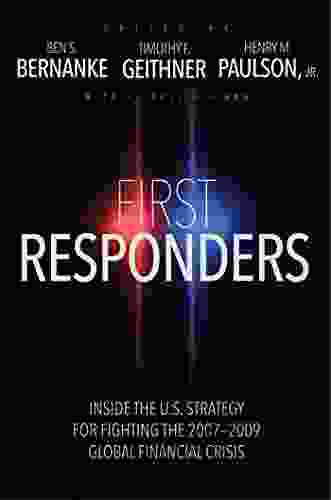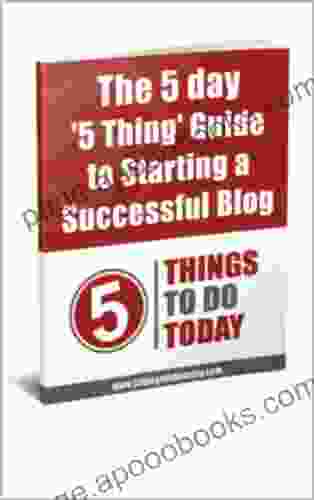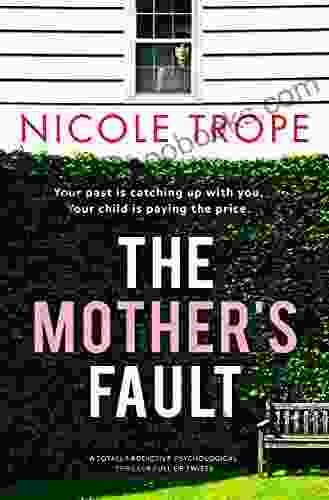Delving into the Strategic Masterclass of the 2007-2009 Global Financial Crisis: Inside the Blueprint to Combat Economic Turmoil

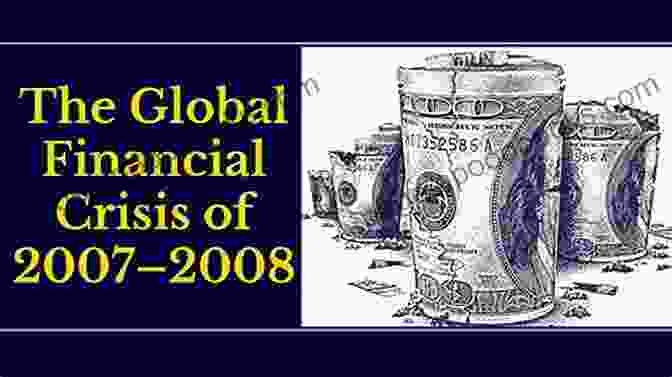
The global financial crisis of 2007-2009 was an unprecedented financial catastrophe that shook the world's economic foundations. This article provides an exclusive exploration into the depths of "Inside The Strategy For Fighting The 2007-2009 Global Financial Crisis," a groundbreaking book that unveils the intricate strategy employed to navigate the turbulent waters of the crisis.
4.7 out of 5
| Language | : | English |
| File size | : | 15666 KB |
| Text-to-Speech | : | Enabled |
| Screen Reader | : | Supported |
| Enhanced typesetting | : | Enabled |
| Word Wise | : | Enabled |
| Print length | : | 618 pages |
The Genesis of the Global Financial Crisis
The origins of the 2007-2009 global financial crisis can be traced to the subprime mortgage market in the United States. Subprime mortgages were loans extended to borrowers with poor credit histories and insufficient income to qualify for traditional loans. As the housing market boomed, demand for subprime mortgages surged, leading banks and financial institutions to issue these loans at an alarming rate.
However, the underlying fundamentals of the subprime mortgage market were extremely risky. Many borrowers could not afford the monthly payments, and as interest rates rose, the default rate began to climb. This triggered a chain reaction that ultimately led to the collapse of major banks and financial institutions around the world.
The Strategic Response
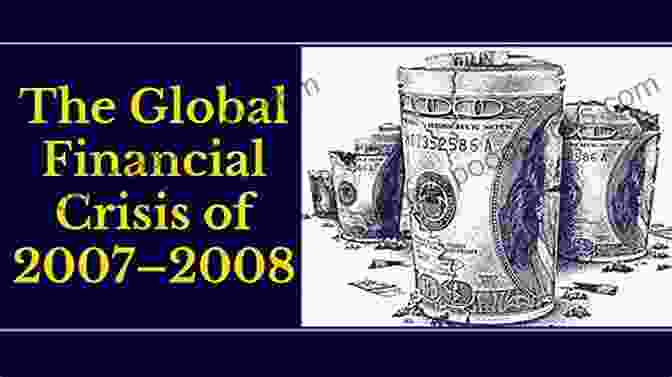
As the global financial crisis erupted, governments and central banks across the world were faced with an unprecedented challenge. The book "Inside The Strategy For Fighting The 2007-2009 Global Financial Crisis" offers a comprehensive examination of the strategic response employed to combat this economic turmoil.
The strategy involved a multifaceted approach that included:
* Fiscal Stimulus: Governments injected massive amounts of money into their economies through tax cuts and government spending. This aimed to stimulate demand and prevent a deep recession. * Monetary Easing: Central banks lowered interest rates to near-zero levels. This made it cheaper for businesses and individuals to borrow money, encouraging investment and spending. * Quantitative Easing: Central banks Free Downloadd large quantities of assets, such as bonds, from financial institutions. This increased the money supply and helped lower long-term interest rates. * Bank Bailouts: Governments provided financial assistance to struggling banks and financial institutions. This prevented widespread bank failures and stabilized the financial system. * International Cooperation: Governments and central banks around the world coordinated their efforts to contain the crisis and prevent its spread.
The Implementation and Execution
The execution of the strategy required close collaboration between governments, central banks, and financial institutions. The book "Inside The Strategy For Fighting The 2007-2009 Global Financial Crisis" provides an in-depth analysis of the key challenges and obstacles faced during the implementation process.
One of the main challenges was the sheer magnitude of the crisis. The financial markets had never experienced a crisis of such proportions before, and policymakers had to adapt quickly to the changing circumstances.
Another challenge was the need to balance the short-term urgency of addressing the crisis with the long-term consequences of the strategic response. Policymakers had to ensure that the measures taken would not create new problems or exacerbate existing ones.
The Impact and Legacy
The strategic response to the 2007-2009 global financial crisis was largely successful in preventing a deep recession or depression. The book "Inside The Strategy For Fighting The 2007-2009 Global Financial Crisis" offers a detailed assessment of the impact and legacy of the strategic response.
The fiscal stimulus and monetary easing measures helped to increase demand and prevent a sharp fall in economic activity. Bank bailouts stabilized the financial system and prevented widespread bank failures. Quantitative easing provided liquidity and helped lower interest rates, which stimulated investment and spending.
However, the strategic response also had some drawbacks. The massive government spending and debt accumulation raised concerns about long-term fiscal sustainability. Additionally, the low interest rates and quantitative easing measures contributed to the rise of asset bubbles in some sectors, which raised concerns about financial stability.
The 2007-2009 global financial crisis was a severe test for the world's economic system. The strategic response employed to combat this crisis involved a multifaceted approach that combined fiscal stimulus, monetary easing, quantitative easing, bank bailouts, and international cooperation.
The book "Inside The Strategy For Fighting The 2007-2009 Global Financial Crisis" provides an invaluable exploration of the intricate strategy used to navigate the turbulent waters of the crisis. It offers a comprehensive examination of the challenges faced, the obstacles overcome, and the impact and legacy of the strategic response.
By understanding the strategic masterclass behind the 2007-2009 global financial crisis, policymakers, economists, and financial professionals can gain valuable insights that can help them better prepare for and respond to future economic challenges.
4.7 out of 5
| Language | : | English |
| File size | : | 15666 KB |
| Text-to-Speech | : | Enabled |
| Screen Reader | : | Supported |
| Enhanced typesetting | : | Enabled |
| Word Wise | : | Enabled |
| Print length | : | 618 pages |
Do you want to contribute by writing guest posts on this blog?
Please contact us and send us a resume of previous articles that you have written.
 Book
Book Novel
Novel Page
Page Chapter
Chapter Text
Text Story
Story Genre
Genre Reader
Reader Library
Library Paperback
Paperback E-book
E-book Magazine
Magazine Newspaper
Newspaper Paragraph
Paragraph Sentence
Sentence Bookmark
Bookmark Shelf
Shelf Glossary
Glossary Bibliography
Bibliography Foreword
Foreword Preface
Preface Synopsis
Synopsis Annotation
Annotation Footnote
Footnote Manuscript
Manuscript Scroll
Scroll Codex
Codex Tome
Tome Bestseller
Bestseller Classics
Classics Library card
Library card Narrative
Narrative Biography
Biography Autobiography
Autobiography Memoir
Memoir Reference
Reference Encyclopedia
Encyclopedia Tim Rayborn
Tim Rayborn Natty Kasambala
Natty Kasambala Robert Levine
Robert Levine Saeed Jones
Saeed Jones Maye Musk
Maye Musk Martin Turnbull
Martin Turnbull Robert S Harvey
Robert S Harvey Navana Kundu
Navana Kundu Natasja Rose
Natasja Rose Mary Jane Staples
Mary Jane Staples Michael Hitchen
Michael Hitchen Mauro F Guillen
Mauro F Guillen Marlene Habib
Marlene Habib Tabitha Forney
Tabitha Forney Mary Jenkins
Mary Jenkins Michele Di Salvo
Michele Di Salvo Sara Donati
Sara Donati Paul Chell
Paul Chell Teddy Macker
Teddy Macker Sarah Adams Hoover
Sarah Adams Hoover
Light bulbAdvertise smarter! Our strategic ad space ensures maximum exposure. Reserve your spot today!

 William ShakespeareRelive Childhood Memories with the Timeless Charlie Brown Theme Sheet Music
William ShakespeareRelive Childhood Memories with the Timeless Charlie Brown Theme Sheet Music Clarence BrooksFollow ·12.7k
Clarence BrooksFollow ·12.7k Gary ReedFollow ·9.1k
Gary ReedFollow ·9.1k Ervin BellFollow ·2.5k
Ervin BellFollow ·2.5k Tennessee WilliamsFollow ·3k
Tennessee WilliamsFollow ·3k Dave SimmonsFollow ·9.1k
Dave SimmonsFollow ·9.1k Dan BellFollow ·8.1k
Dan BellFollow ·8.1k Pat MitchellFollow ·19.5k
Pat MitchellFollow ·19.5k Grayson BellFollow ·14.4k
Grayson BellFollow ·14.4k
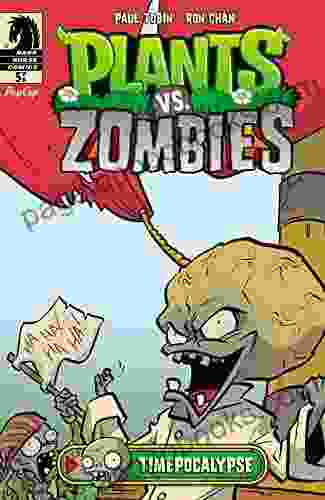
 Ben Hayes
Ben HayesJourney into the Verdant Realm of "Plants vs. Zombies:...
Immerse Yourself in an Epic Battle for...

 Edward Reed
Edward ReedUnveiling the Allure of Modish Crochet Hats Annie...
In the realm of fashion and...
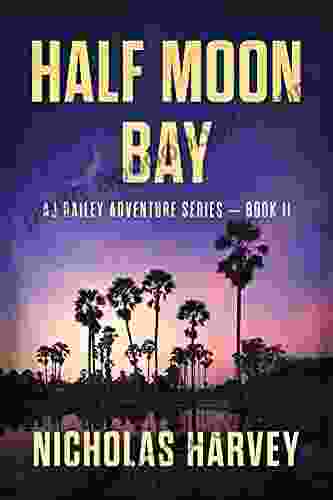
 Jaylen Mitchell
Jaylen MitchellHalf Moon Bay: An Unforgettable Adventure Awaits in Aj...
Prepare yourself...
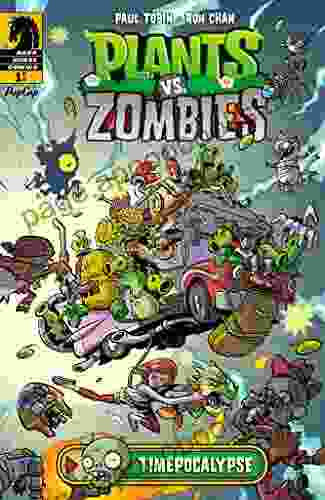
 Dan Brown
Dan BrownUnleash the Plant-Powered Apocalypse: Dive into Paul...
Prepare yourself for an epic showdown where...

 Efrain Powell
Efrain PowellStolen Summer: Nora Sommer's Enthralling Caribbean...
Escape to a World of...
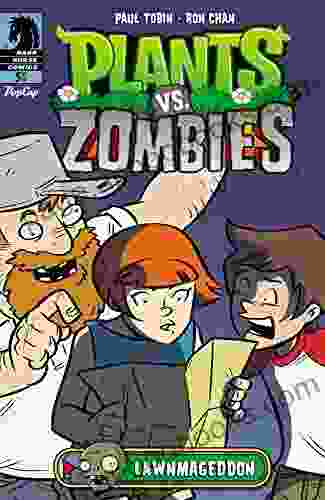
 Steven Hayes
Steven HayesPlants vs. Zombies: Lawnmageddon - The Ultimate Battle...
Prepare for the ultimate battle between plants...
4.7 out of 5
| Language | : | English |
| File size | : | 15666 KB |
| Text-to-Speech | : | Enabled |
| Screen Reader | : | Supported |
| Enhanced typesetting | : | Enabled |
| Word Wise | : | Enabled |
| Print length | : | 618 pages |


